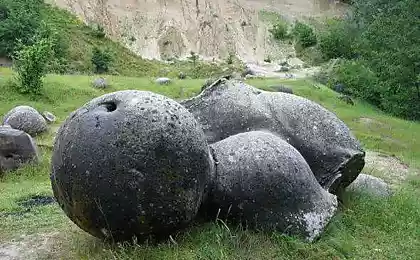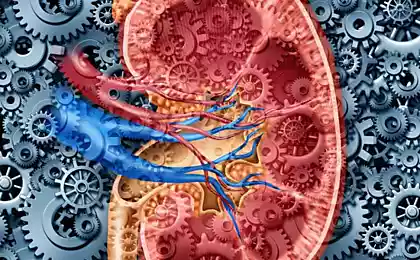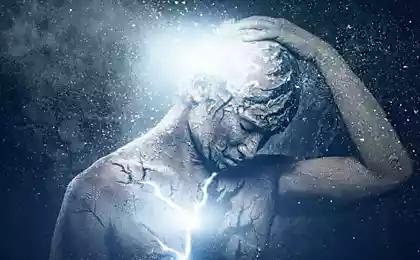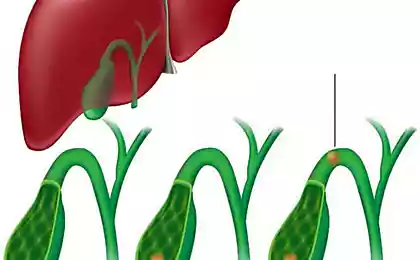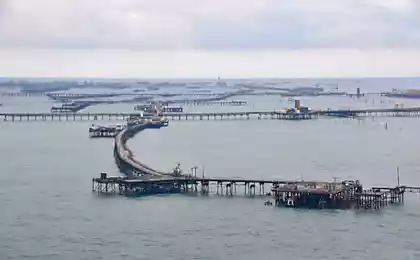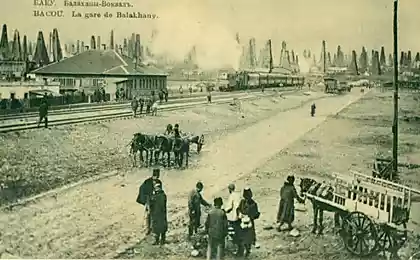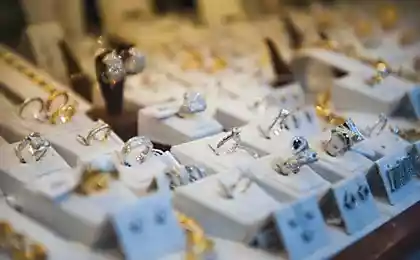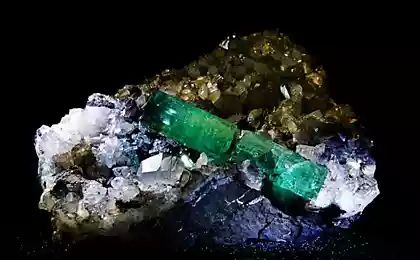915
Runic Stones
To recognize the runic inscriptions, in the eleventh century did not have to be literate. At the same time, those who could read, could draw from stone with runes much more information than it was written. This is the conclusion drawn by researchers at Uppsala University in Sweden.
11 ph via iscience

Rune stones are an important part of the cultural heritage in Sweden and many of them are still standing in place and bear the marks of people who lived a thousand years ago. They are a unique source of knowledge about the Viking Age, and among other things, enable us to learn about the family relationships of the time, travel, and many other beliefs, and in a language that literate people understand quite easily.

"The language and factual information of runic inscriptions fairly well researched, but we still have relatively little is known about how people of the Viking Age have read runic stones" - says Marco Bianchi (Marco Bianchi) from the Department of Scandinavian Languages, whose dissertation is devoted to the writing of the Viking Age in the provinces of Uppland and Södermanland.

There are runic inscriptions, which do not carry any linguistic workload. In Uppland similar inscriptions have been found in regions rich in rune stones, and in the regions where these stones were very few.
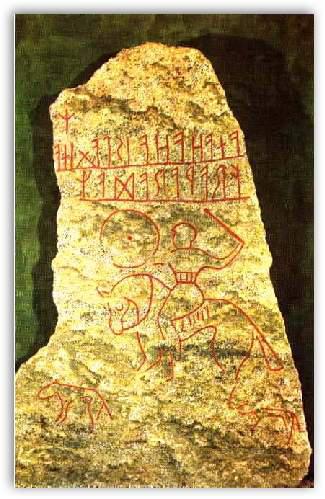
"But the more they were rare rune stones in a certain area, the worse writers were the ones who inflicted these nonverbal signs. Thus, we can conclude that tried not to convey a linguistic message, but to create a rune engraved, which would be perceived by the local population as a convincing "- says the researcher.

However, rune stones entirely without linguistic load quite rare. In most of the stones you can read a short story in the form of a commemorative record. At first glance, the inscription may seem chaotic, but in fact they are well structured. Typically, reading them should begin with the bottom left corner. Another observation Marco Bianchi is that many of the stones are not intended to strictly established order of reading. In such cases labels and read visually separated they can be in any order.

"You can compare the text of the runic stones with a modern turn of a newspaper or Web page where users are attracted headlines and images on the interaction of many stones ornament and runes is really impressive. For the people of the Viking Age alone runes were only part of the information that was carrying stone "- says the scientist.

Runes - a pagan alphabet, known CO 2. n. e. It was believed that he has magical powers. Therefore runic signs carved on gravestones standing as a talisman. Apparently, for the same purpose, they were accompanied by images of fantastic monsters with gaping jaws. Particularly sophisticated runic art reached in the sunset of its existence - in the 11th century. Inscriptions in that period were placed in the ribbon-like dragons, forming as it were, the image frame within which there are various figures. It could be fabulous silhouettes of animals, but often at the center of the composition we see the Cross.

Found in total about 5,000 runic inscriptions, of which 3000 - in Sweden. The most ancient monuments of runic script found in Denmark, where all were found about 500 runic inscriptions. Around 600 runic inscriptions found in Norway, about 140 - in the British Isles, 60 - in Greenland, about 70 - in Iceland. Several inscriptions have been found in Russia, Latvia, Ukraine, Germany, Austria. Also runic inscriptions have been found in France, Greece, Romania, Turkey, the Netherlands.

Runic inscriptions cut or carved on metal, wood, stone - the ancient Germanic art of woodcarving is at a high level. Runic inscriptions were very diverse content: there are various inscriptions and magical appeal to the gods, but for the most part, written in runes memorial inscriptions. A striking example can serve as a runic stone from the river, praising King Tordika, who lived in the VI century, but the first line of the inscription reads "About Vemude say these runes. Varin put them in honor of the fallen son ", which may indicate the importance of the memorial stone.
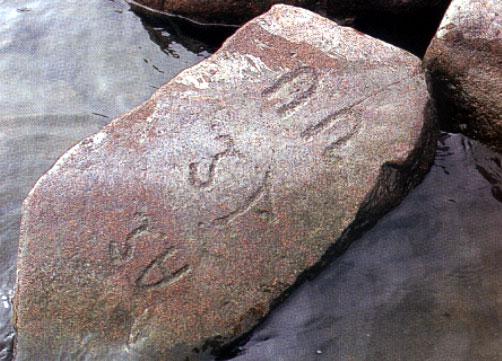
Obituary is another rune stone from Norway. He says, "Engle erected this stone in memory of his son Thorald, who died in Vitaholme between Ustaholmom and Gardar».
Other runic monuments praising the valor of the Vikings, who returned from his travels. Here's a typical inscription on the stone from Ash near Stockholm "Runes carved on command Ragnvalda. He was in Greece at the head of the troops. " Rune stones such as stone Hillers (Sweden), talk about the exclusive rights of women among the Germans - the right of women to own property. Runes carved names of gun owners and artists. But it is known runic inscriptions domestic nature. [7] A large number of runic inscriptions are bracteates also known runic calendars.

Source:
11 ph via iscience

Rune stones are an important part of the cultural heritage in Sweden and many of them are still standing in place and bear the marks of people who lived a thousand years ago. They are a unique source of knowledge about the Viking Age, and among other things, enable us to learn about the family relationships of the time, travel, and many other beliefs, and in a language that literate people understand quite easily.

"The language and factual information of runic inscriptions fairly well researched, but we still have relatively little is known about how people of the Viking Age have read runic stones" - says Marco Bianchi (Marco Bianchi) from the Department of Scandinavian Languages, whose dissertation is devoted to the writing of the Viking Age in the provinces of Uppland and Södermanland.

There are runic inscriptions, which do not carry any linguistic workload. In Uppland similar inscriptions have been found in regions rich in rune stones, and in the regions where these stones were very few.

"But the more they were rare rune stones in a certain area, the worse writers were the ones who inflicted these nonverbal signs. Thus, we can conclude that tried not to convey a linguistic message, but to create a rune engraved, which would be perceived by the local population as a convincing "- says the researcher.

However, rune stones entirely without linguistic load quite rare. In most of the stones you can read a short story in the form of a commemorative record. At first glance, the inscription may seem chaotic, but in fact they are well structured. Typically, reading them should begin with the bottom left corner. Another observation Marco Bianchi is that many of the stones are not intended to strictly established order of reading. In such cases labels and read visually separated they can be in any order.

"You can compare the text of the runic stones with a modern turn of a newspaper or Web page where users are attracted headlines and images on the interaction of many stones ornament and runes is really impressive. For the people of the Viking Age alone runes were only part of the information that was carrying stone "- says the scientist.

Runes - a pagan alphabet, known CO 2. n. e. It was believed that he has magical powers. Therefore runic signs carved on gravestones standing as a talisman. Apparently, for the same purpose, they were accompanied by images of fantastic monsters with gaping jaws. Particularly sophisticated runic art reached in the sunset of its existence - in the 11th century. Inscriptions in that period were placed in the ribbon-like dragons, forming as it were, the image frame within which there are various figures. It could be fabulous silhouettes of animals, but often at the center of the composition we see the Cross.

Found in total about 5,000 runic inscriptions, of which 3000 - in Sweden. The most ancient monuments of runic script found in Denmark, where all were found about 500 runic inscriptions. Around 600 runic inscriptions found in Norway, about 140 - in the British Isles, 60 - in Greenland, about 70 - in Iceland. Several inscriptions have been found in Russia, Latvia, Ukraine, Germany, Austria. Also runic inscriptions have been found in France, Greece, Romania, Turkey, the Netherlands.

Runic inscriptions cut or carved on metal, wood, stone - the ancient Germanic art of woodcarving is at a high level. Runic inscriptions were very diverse content: there are various inscriptions and magical appeal to the gods, but for the most part, written in runes memorial inscriptions. A striking example can serve as a runic stone from the river, praising King Tordika, who lived in the VI century, but the first line of the inscription reads "About Vemude say these runes. Varin put them in honor of the fallen son ", which may indicate the importance of the memorial stone.

Obituary is another rune stone from Norway. He says, "Engle erected this stone in memory of his son Thorald, who died in Vitaholme between Ustaholmom and Gardar».
Other runic monuments praising the valor of the Vikings, who returned from his travels. Here's a typical inscription on the stone from Ash near Stockholm "Runes carved on command Ragnvalda. He was in Greece at the head of the troops. " Rune stones such as stone Hillers (Sweden), talk about the exclusive rights of women among the Germans - the right of women to own property. Runes carved names of gun owners and artists. But it is known runic inscriptions domestic nature. [7] A large number of runic inscriptions are bracteates also known runic calendars.

Source:



